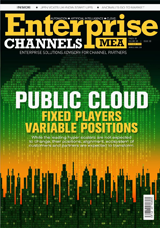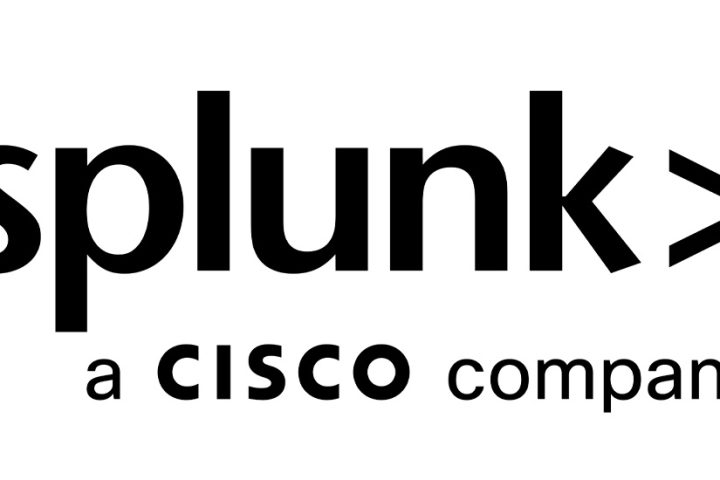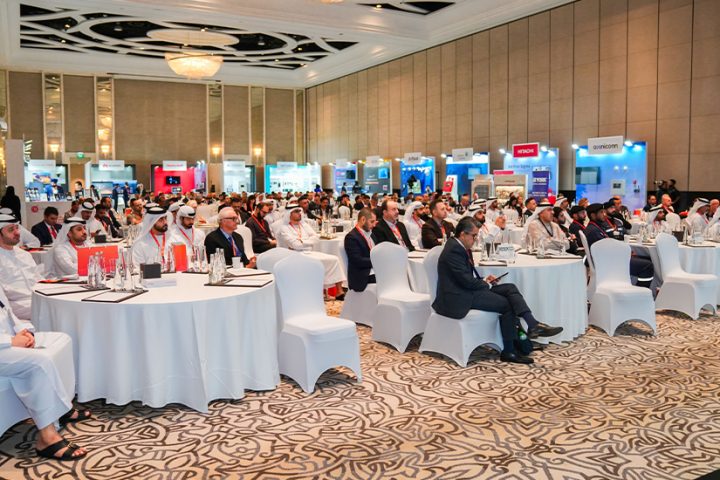Traditional buyers are looking at spending less on technology, a better utility model, flexibility to go up and down, and not being locked into multi-year commitment, explains GEC Media Group’s Arun Shankar.
The leading public cloud hyper scalars are only just a handful today including Alibaba, AWS, IBM, Microsoft, Google, Oracle, Tencent, among others. But cloud adoption is still in its early years and much of the world has still to begin their journey into cloud adoption. To be a leading public cloud hyper scalar, whether dominating through Saas, Paas, Iaas, private, or hybrid cloud, the formula for survival is extreme levels of innovation, a winning pay as you go billing model, global presence, enterprise marketplace, extraordinary performance to price ratio, and ease of management and orchestration.

Comments Alex McMullan, CTO Pure Storage: If we look at why organisations are opting for cloud models it is a combination of the experience, economics and operational model that goes with it. In terms of customer experience, people want to be able to do self-service. They want to be able to set some policies and let the cloud work it out after that and they want a consistent experience, whether they are doing it in AWS or Azure or Google.
Traditional customers are looking at a way of spending less on technology, with three or five years of sunk investment, and looking at different ways of spending that capability. They are looking for a better utility model than the old school ones, because the old school utility models are just a lease wrapped up in a different capitalised structure.
People have moved away from that because they like the flexibility to go up and down and they do not like being locked into multi-year commitment. Everybody is reflecting on their capital base — where they should be investing for digital transformation. Storage can also be quite wasteful, if it is not being managed to the last Byte.
Second generation public clouds are powered by artificial intelligence and machine learning to optimise workloads, reach optimum utilisation of cloud infrastructure resources, and provide protection against security threats, according to Ayman Al Shaikh, Senior Manager, Solution Architect, Middle East and Africa, Red Hat. Besides offering better scalability and charging models, they also help deliver more advanced services that users can consume, such as serverless computing and container platforms.
Adds Necip Ozyucel, Cloud and Enterprise Group Lead, Microsoft UAE: Microsoft’s efforts to accelerate digital transformation, economic development and innovation are the key drivers behind its opening of two cloud regions in the UAE. With more than 150+ datacenters across more than 50+ regions including two regions in the UAE, one Abu Dhabi and one in Dubai, Microsoft cloud holds the broadest global coverage and offerings.
And this month in October, Oracle announced availability of the first of two planned second-generation cloud regions in UAE. The addition of the Dubai Cloud region marks the availability of 26 Oracle Cloud Regions worldwide. The opening is part of Oracle’s plan to have 36 Cloud regions by July 2021. Located in Dubai, the new Cloud region will offer all Oracle Cloud services, including Oracle Autonomous Database and Oracle Cloud Applications, according to Abdul Rahman Al Thehaiban, Senior Vice President Technology, MEA and CEE, Oracle.
Oracle has a dual region strategy that enables customers to deploy resilient applications in multiple geographies for disaster recovery and compliance requirements – without having sensitive data leave the country. Customers that want to run critical systems of record in the cloud need fully independent cloud regions for disaster recovery purposes with multiple sites in the same country to meet data residency requirements.
Says Paulo Pereira, Director Systems Engineering, Emerging Markets and Eastern Europe, Nutanix: Nutanix was designed from day one with hyper scale in mind, providing natively the ability to seamlessly provision and add compute, memory, networking, and storage resources to a given node or set of nodes that make up a larger cluster. Nutanix delivers a hybrid and multi-cloud platform with natively integrated networking between private and public clouds that allows seamless application migration and license portability across all environments.
Established in 2009, Alibaba Cloud, the data intelligence backbone of Alibaba Group, is among the world’s top three IaaS providers, according to Gartner. It is also the largest provider of public cloud services in China, according to IDC.

Alibaba Cloud provides a comprehensive suite of cloud computing services to businesses worldwide, including merchants doing business on Alibaba Group marketplaces, start-ups, corporations and public services, according to Phillip Liu, General Manager, Middle East and Africa, Alibaba Cloud Intelligence.
Says Vinod Krishnan, Head of Middle East and North Africa, AWS: For 14 years, Amazon Web Services has been the most comprehensive and broadly adopted cloud platform. AWS offers over 175 fully featured services for various solutions. These include compute, storage, databases, networking, analytics, robotics, machine learning and artificial intelligence, Internet of Things, mobile, security, hybrid, virtual and augmented reality, media, and application development, deployment.
AWS has the most extensive global cloud infrastructure with 77 Availability Zones within 24 geographic regions around the world. The AWS Region Availability Zone model has been recognised by Gartner as the recommended approach for running enterprise applications that require high availability. AWS announced plans for nine more Availability Zones and three more regions in Indonesia, Japan, and Spain.
Millions of active customers are using AWS each month in over 190 countries around the world, including tens of thousands of customers in the Middle East and North Africa MENA. AWS launches its first AWS Middle East Region in Bahrain in 2019, bringing advanced and secure cloud technologies closer to customers in the region.
As global enterprise race forward in their cloud migration journey in the years ahead, it is only obvious that the relative position of hyper scalars will also change as they jostle for market share. It is anybody’s guess what the lineup is likely to look like a few years from now.
By Arun Shankar, Editor, GEC Media Group.



















